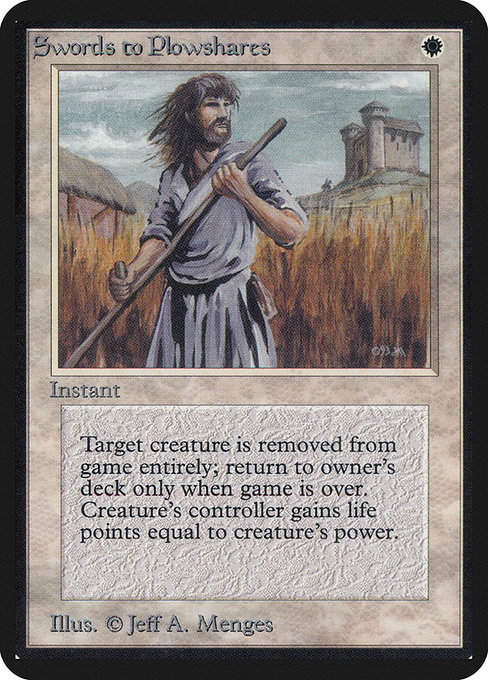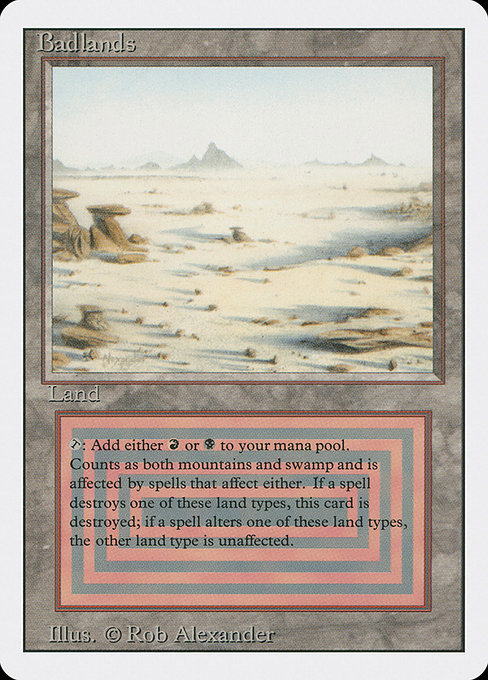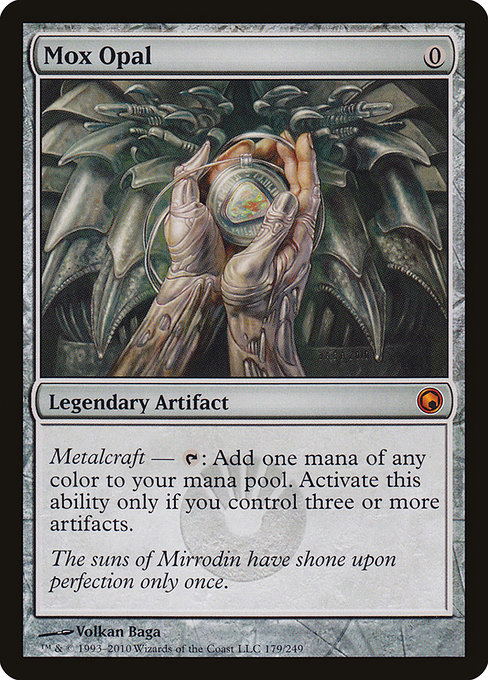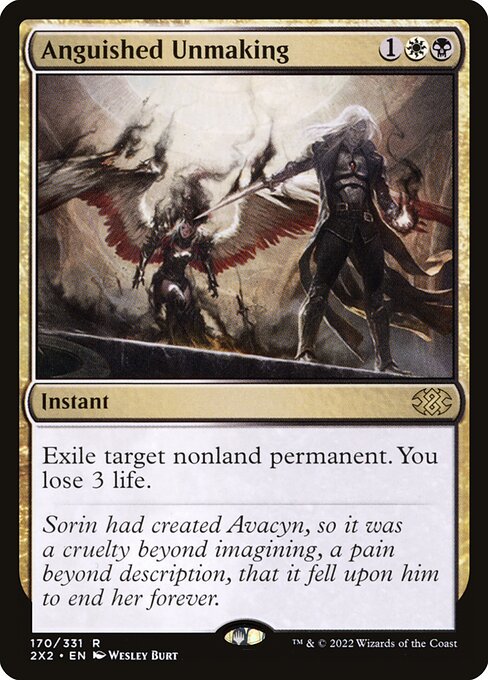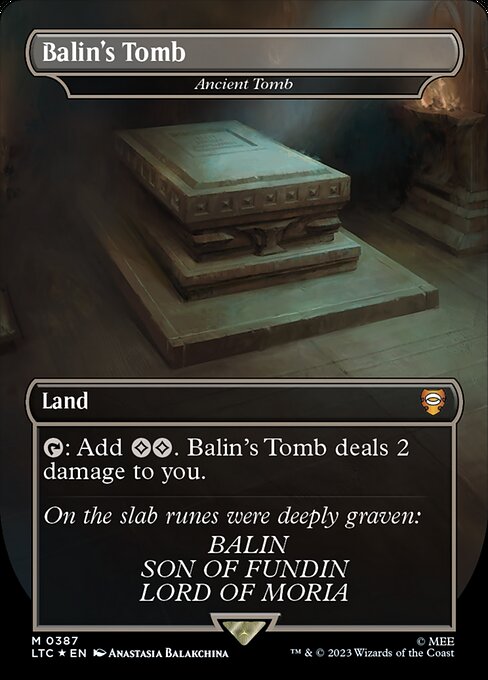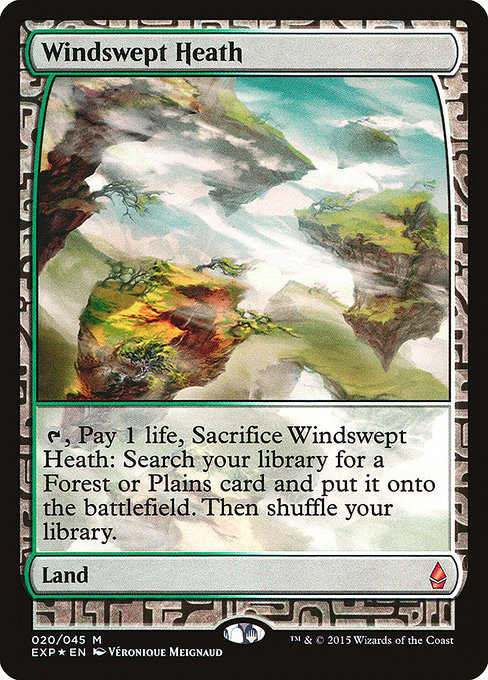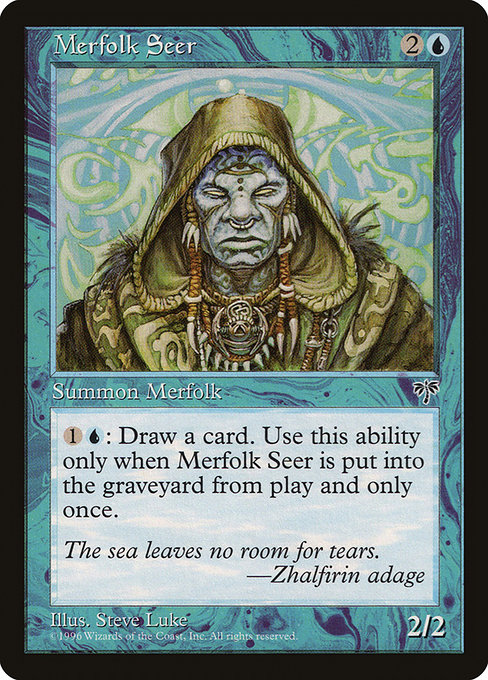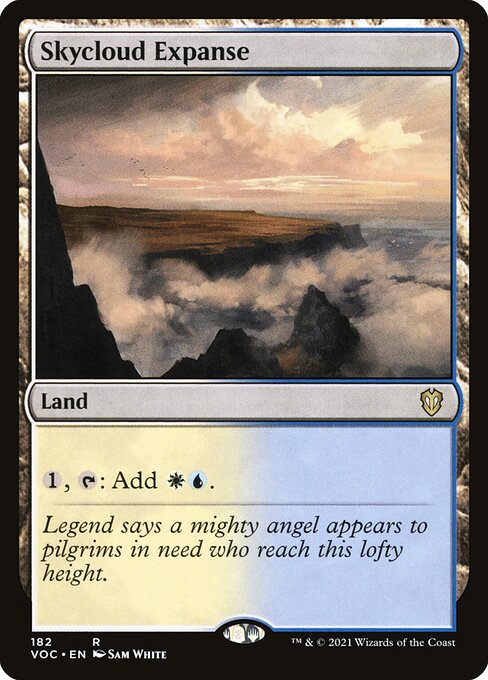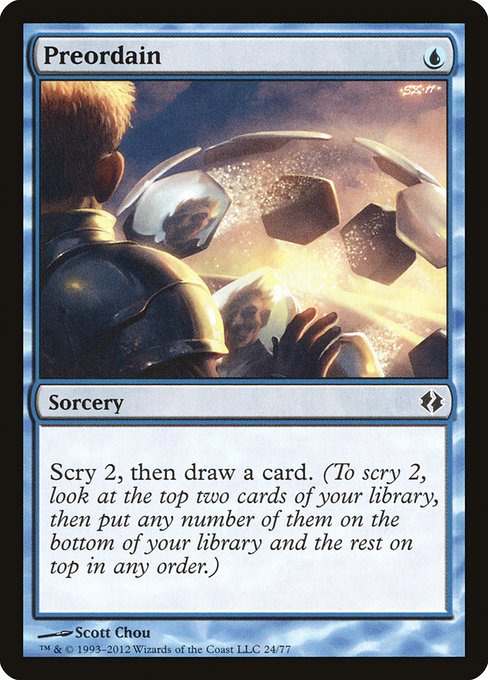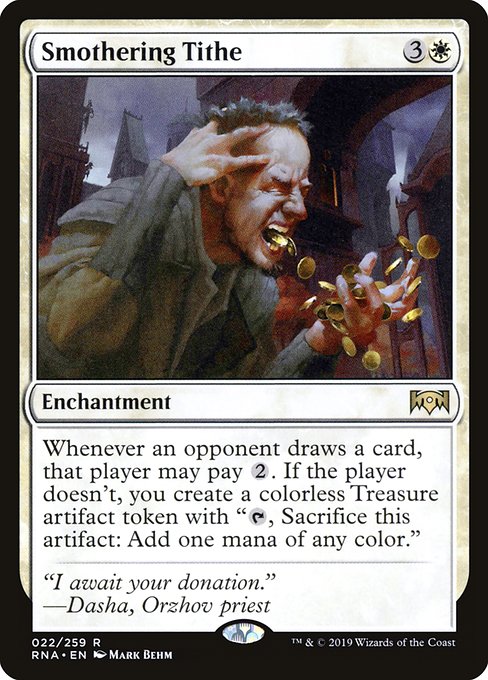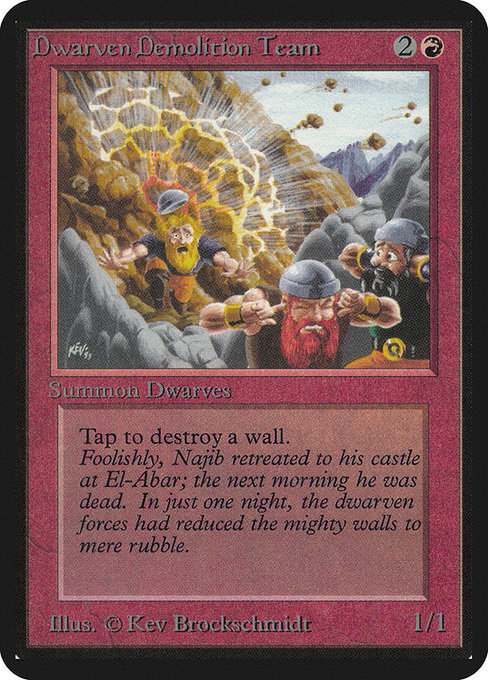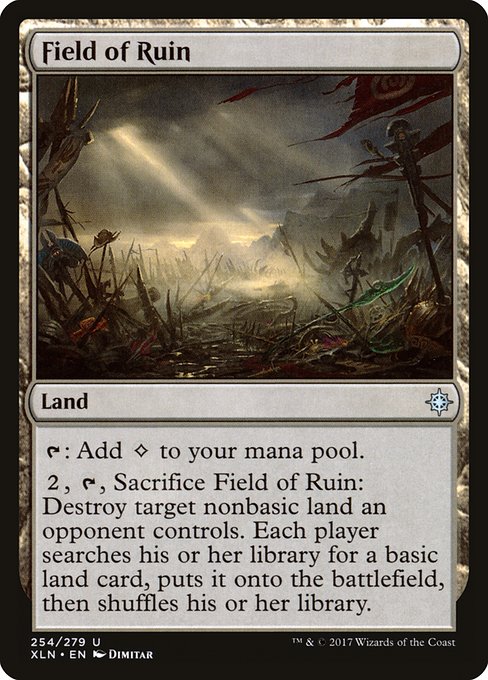
Field of Ruin Lite Guide

Guide Sections
Cards Mentioned in This Review
These cards are referenced in the strategy guide belowStrategy Guide
Last updated 2025-06-29TL;DR Summary
Field of Ruin: A Powerful Land for Commander
Field of Ruin is a versatile uncommon land that excels in Commander decks. Its main strengths lie in its ability to interact with opponents' lands and provide a way to draw additional basic lands.
- Interacting with opponent's lands: For 2 mana, Field of Ruin can destroy an opponent's nonbasic land, disrupting their strategy and creating opportunities for your commander to attack.
- Basic land generation: When sacrificed, Field of Ruin forces opponents to search their library for a basic land card, putting it onto the battlefield. This not only generates new lands but also puts pressure on opponents to draw into more basic lands.
In Commander decks, Field of Ruin pairs well with commanders that rely on disrupting opponents' plans or generating value from destroying lands. Some examples include:
Field of Ruin can also be used in combination with other cards to create powerful land destruction synergies, such as Anguished Unmaking or Ruinous Path. With a price point of around $0.22 USD, Field of Ruin is an affordable and effective addition to any Commander deck focused on land disruption.
Card Mechanics & Interactions
Field of Ruin is a versatile and potent land that shines in Commander games due to its ability to disrupt opponents' mana development and create opportunities for deck synergies. Let's break down its rules and interactions.
Activation Costs To activate Field of Ruin's ability, you need to pay {T} (a single mana) and then an additional {2} ({T}) once more. This means the total cost is two mana and a tap.
Sacrificing Field of Ruin
- When Field of Ruin is sacrificed for its ability, you can choose any target nonbasic land controlled by an opponent.
- The sacrifice cost includes both mana and tapping the land itself.
- After resolving the destruction effect, each player gets to search their library for a basic land card, play it onto the battlefield (putting it onto the top of the deck first), and then shuffle their library.
Destroying Nonbasic Lands Field of Ruin's ability allows you to target any nonbasic land an opponent controls. This can be a game-changer in Commander games where opponents often rely on a mix of basic and nonbasic lands for mana.
- Field of Ruin interacts well with cards like Ancient Tomb or Badlands, which offer an advantage when playing multiple lands.
- It also complements creatures that punish opponents for controlling certain land types, such as Gaddock's Blackswarm.
Strategic Applications
Field of Ruin is a versatile land that offers multiple strategic applications in Commander. Its unique ability to destroy nonbasic lands makes it an excellent addition to decks focused on disrupting opponents' strategies.
Disrupting Land Cycles
One common archetype Field of Ruin fits into is the "land destruction" deck, which aims to disrupt opponents' land cycles and limit their mana development. By sacrificing Field of Ruin, players can destroy a nonbasic land an opponent controls, forcing them to search for another land to play. This can be particularly effective against decks reliant on specific lands like Mox Opal or Urza's Power Plant. In such decks, Field of Ruin can be used as a secondary destruction option alongside cards like Grapple with the Past or Swords to Plowshares.
Recurve and Ramp
Field of Ruin also benefits from being part of recurve or ramp-heavy decks. Its ability to add a single mana to a player's pool can help accelerate the game state, allowing players to play more expensive spells like Liliana, the Last Hope or The Scarab God. In these cases, Field of Ruin acts as an additional mana source, helping to power out key spells and accelerate board development.
Combo Synergies
Field of Ruin's sacrifice ability also creates opportunities for combo synergies. When paired with cards like Nicol Bolas, Dragon-God or Atraxa, Praetors' Voice, Field of Ruin can be used to destroy lands and disrupt opponents while the combo resolves. In these scenarios, Field of Ruin acts as a "free" destruction spell that also helps set up future combos.
In summary
Field of Ruin is an excellent addition to decks focused on land destruction, recurve, or ramp strategies. Its ability to destroy nonbasic lands and add mana makes it a valuable asset in various Commander archetypes.
Advanced Techniques
Field of Ruin is a versatile land that shines in Commander decks focused on land destruction and disruption. Its ability to destroy target nonbasic lands makes it a natural fit for Eldrazi Disintegrator or Chandra's Defiance-equipped decks, which can then use the destroyed land's value as fuel for their abilities.
In more aggressive decks, Field of Ruin can be used to strip opponents of their expensive land bases, making them vulnerable to a swift attack. Consider pairing it with Rampaging Baloth, Goblin Guide, or other creatures that benefit from a reduced number of nonbasic lands on the board.
For more controlling strategies, combine Field of Ruin with Urza's Sanctuary and Mox Opal. These cards create an environment where players must constantly adapt to changing land counts and types. The added bonus is that Urza's Sanctuary will provide an additional source of card advantage when sacrificing Field of Ruin.
When searching libraries for basic lands, consider the synergy with Rishadan Port, which allows you to generate additional card draw from your opponents' draws. This combination encourages players to think carefully about their land development and can lead to a more engaging game experience.
Another interesting combination is pairing Field of Ruin with Mox Jet or Mox Sapphire. These artifacts provide an instant source of mana, allowing for faster land destruction and disruption. When combined with Field of Ruin's ability, these cards become even more potent in disrupting opponents' plans.
In the end, Field of Ruin's value lies in its adaptability to various Commander archetypes and playstyles. By combining it with other cards that benefit from land destruction or disruption, you can create a formidable deck that punishes opponents for their poor land management decisions.
Common Mistakes
Common Mistakes with Field of Ruin
In Commander games, players often misuse Field of Ruin due to timing issues or a misunderstanding of its interactions with other cards. Here are some common mistakes to avoid:
- Using Field of Ruin too early: Players sometimes sacrifice Field of Ruin for its ability as soon as possible, but this can backfire if they need the land's mana in the same turn. A better approach is to hold off on sacrificing it until a later turn when the timing is more favorable.
- Sacrificing Field of Ruin against an opponent with no nonbasic lands: If an opponent has only basic lands, sacrificing Field of Ruin will not disrupt their game plan. Consider playing around this possibility or using the land's ability to force them into a tougher situation.
- Not considering the impact on life total: When multiple players search for basic lands and put them onto the battlefield, this can lead to an influx of new cards being played, potentially swinging the board in favor of one player. Consider the life total implications before sacrificing Field of Ruin.
- Using Field of Ruin with Llanowar Elves or similar card advantage engines: Players sometimes pair Field of Ruin with cards like Llanowar Elves, which can create an overabundance of mana and accelerate the game. However, this combination can be too aggressive and leave a player vulnerable to removal spells.
- Failing to account for land destruction effects: Some opponents may have card draw or graveyard hate effects that neutralize Field of Ruin's impact. Consider these possibilities when playing around Field of Ruin.
By being mindful of these common mistakes, players can better integrate Field of Ruin into their Commander decks and make more informed decisions about its use.
Conclusion
Field of Ruin is a valuable addition to any Commander deck that can take advantage of its unique ability to disrupt opponents' lands. While it's not a straightforward fix against aggressive decks, it shines in more controlling or midrange matchups where players are looking to impose their own land development.
One scenario where Field of Ruin excels is when paired with cards like Windswept Heath or Verdant Catacombs, which provide additional mana and help maintain a consistent land drop. By sacrificing Field of Ruin, you can not only destroy an opponent's nonbasic land but also create opportunities for your own players to find basic lands, further tilting the board in their favor.
In a deck focused on Liliana, Death's Majesty or Atraxa, Praetors' Voice, Field of Ruin serves as a valuable tool for disrupting opponents and creating space for more aggressive strategies. However, its value diminishes in decks that rely heavily on nonbasic lands or don't prioritize land destruction.
Given its moderate price point (approximately $0.22 USD), Field of Ruin is an affordable inclusion for any Commander deck looking to incorporate land disruption. While it may not be a top priority, it's certainly worth considering for players who want to add depth and nuance to their strategies without breaking the bank.
